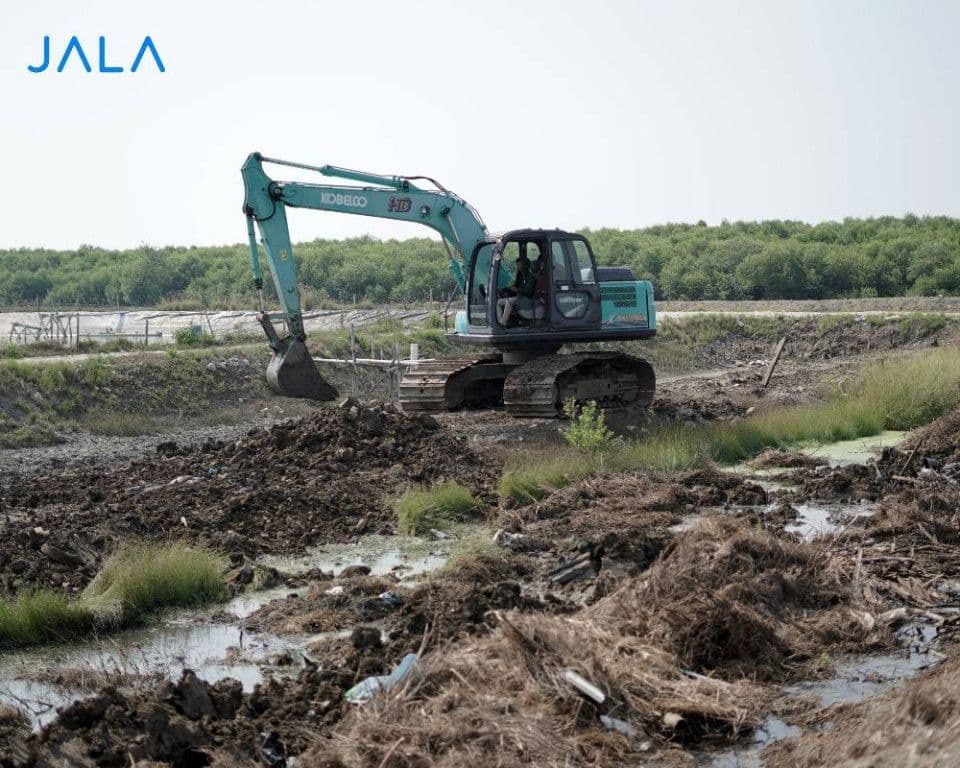
Choosing a suitable location is a crucial step when deciding to start a shrimp farm business. With the right location, cost efficiency during construction, farm operation, maintenance, transport, and other processes will increase. At the same time, determining a location should consider the environmental balance between the farm and the natural, social, and economic environment around it.
There are some requirements in choosing a location, and these aspects need to be taken into consideration:
- Water
- Soil
- Access to cultivation support
- Socioeconomic factors
The requirements that need to be fulfilled in the location to be used as a shrimp farm are:
- Considering seawater tide fluctuations for easier water collection, or completely drying out during the lowest tides
- Protected from regular floods and huge ocean waves
- Soil with clay mud or sandy mud texture and less than 20% sand content
- Has a source of fresh and brackish water all year long with sufficient capacity and is suitable for cultivation
- Far from pollution waste, especially toxic and harmful waste
- The location must have a green belt such as a mangrove forest. If the farm is in a mangrove land, the green belt needs to be maintained along the beach and river channel
- The location should be 50-150 meters from the shoreline
- Considering conservation functions and minimizing disturbance to the surrounding environment
- Availability of proper transport infrastructure
- Integrated with the local community
These aspects lead to factors that need to be identified in determining farm location, which affects the suitability of a land for farm construction and operations, identifying the possible implications of location development and the social and environmental impact it brings, technical feasibility with sufficient finances, as well as minimizing other risks.
The success of shrimp cultivation starts with the right location. Choosing the wrong location causes an increase in required capital, high operational costs, low production, and environmental problems. The cultivation will no longer be profitability-oriented, but experience cost and operational inefficiencies.
Determining farm location, the applied technology, and farm spreading pattern in the shore will significantly affect the environmental quality, farm production stability, and economic profit of the shrimp farm business. The right strategies need to be implemented as early as the planning stage.





